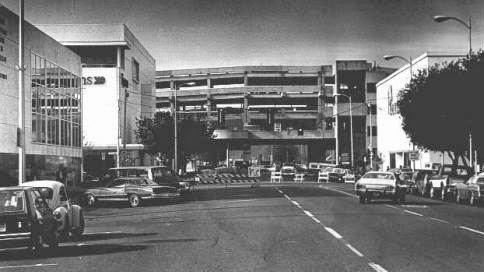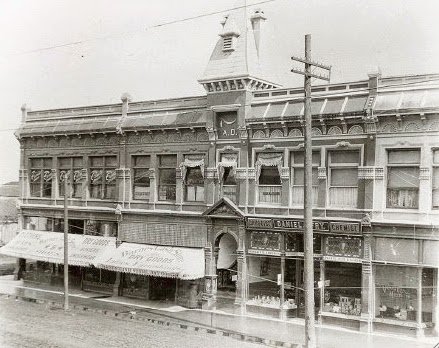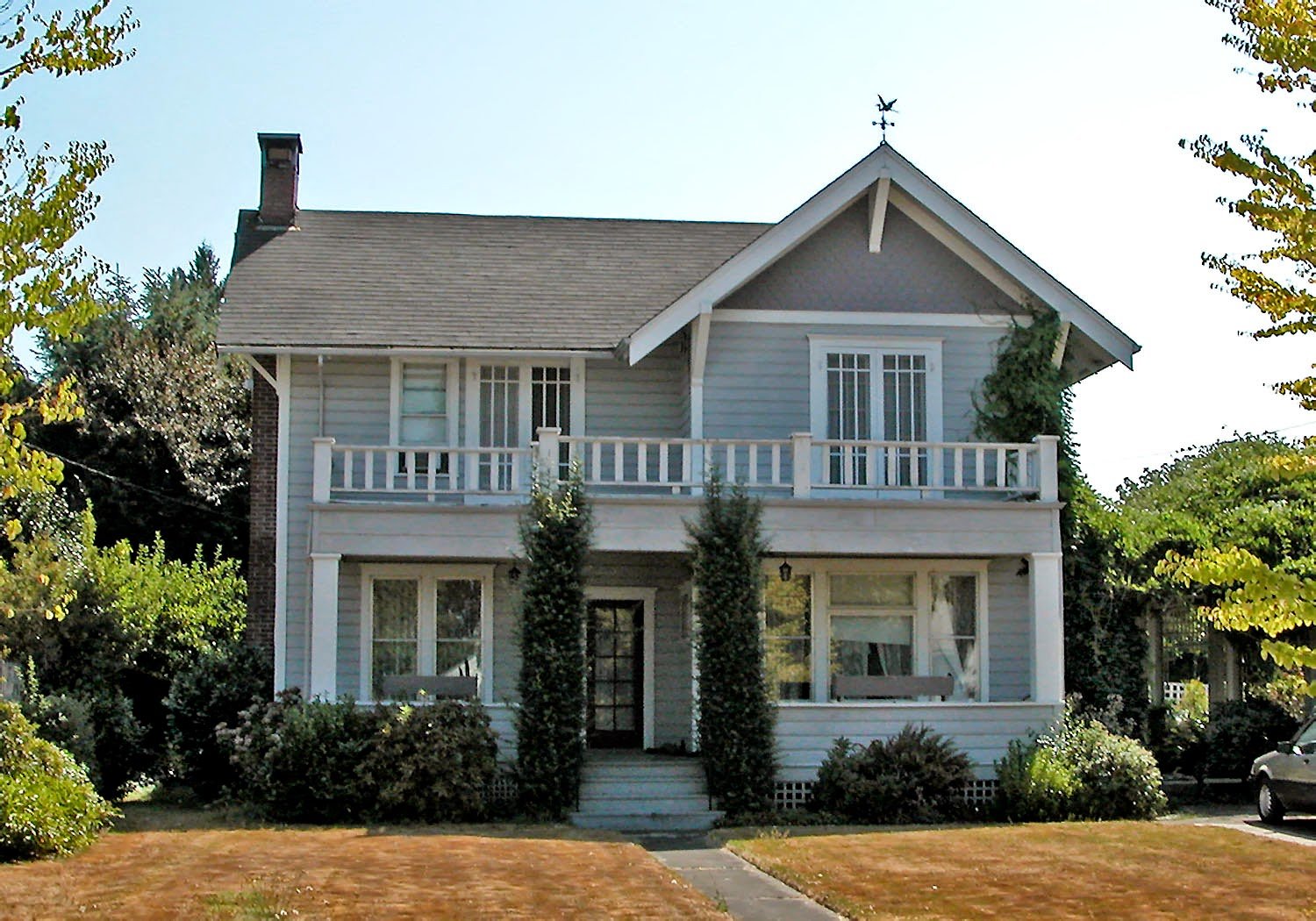World Events
- Camp David Accords further peace talks concerning Israel and Palestine. Anwar Sadat and Menachem Begin earn the Nobel Peace Prize.
- The Holy Crown of Hungary is returned to Hungary from U.S. where it has been held since World War II.
- Pope John Paul I dies after only 33 days of papacy. John Paul II succeeds in “Year of Three Popes” since 1605. He is the first Polish pope.
- President Carter postpones production of neutron bomb which kills people but leaves buildings intact. The U.S. Senate votes to turns the Panama Canal over to Panamanian control on December 31, 1999.
- First “test-tube” baby born, Louise Joy Brown of Bristol, England.
- In San Francisco, Mayor George Moscone and City Supervisor Harvey Milk are assassinated. Diane Feinstein becomes the first female mayor. The rainbow flag of LGBT movement flies in San Francisco’s Gay Freedom Day Parade.
- Two million citizens in Iran demonstrate against the Shah.
- Garfield appears as a comic. Superman is released as a movie.
- The Academy Awards: “The Deer Hunter” (US),”Get Out Your Handkerchiefs (France). Prize-winning Books: Blood Tie, Mary Lee Settle and Elbow Room, James Alan McPherson.
In our downtown, Urban Renewal is attempting to accommodate customers of the 1970s who need places to park their cars. Salem’s business community of a century before had been built for residents who lived close enough to walk from their homes to shops and professional appointments, or lived in the upper floors of downtown buildings. However, the growth of the city had relocated families into neighborhoods that required automobile transportation. Along the east side of Commercial Street, the half-block south of the Chemeketa Street, had already been torn down for a Lipman and Wolfe (Liberty Plaza) surface parking lot quite a while before this Chemeketa Parkade came onto the scene. Here is a view looking west between High and Liberty Streets when it was almost complete. To the right of this photograph is Penney’s and to the left is the First National/Wells Fargo Bank building.
In another photograph of this year, a sign identifies basic information about the building: “This four level, 720 space parking structure will open by November 15, 1978 for free shopper parking. After January 1, 1979, leased space on the top level only will be available for employee parking. Approximately 30,000 square feet of ground floor commercial space will be available upon total completion of the structure by March 15, 1979. This project is financed from a portion of the $6.8 million dollar tax allocation bond issue approved by City voters in March 1977. Total construction cost is $3,353,000.
When you visit
This structure in the photograph at the top of this page is now very familiar. Several other parkades, sky-bridges and new stores were established in the next eight years until the downtown was complete with the conveniences and appearance it has today.
Unfortunately, historic buildings were lost, or a significant portion was demolished. An example of alteration is the original Eldridge Block on Commercial Street, above, with the same beautiful external decorations as the present Greenbaum’s Quilted Forest. The building extended to Chemeketa Street (in this photograph we are looking at the Commercial Street side of the parking structure at the top of the page). It housed the Barnes Cash Store (on the corner) and Fry’s Drug Store (next door) established by prominent Salem families of the early 1900s. E. T. Barnes was the proprietor of the Cash Store on the southeast corner of Commercial and Chemeketa streets. Daniel Fry not only owned the Drug Store, adjacent to the Cash Store, but purchased (1909) and developed the hill south of Pringle Creek extending to Leslie Street, between High and Church streets. At the crown of the hill was the 1858 Showalter Smith house (now the Smith-Fry House), which became the Fry family home.
Looking forward, an interesting new element of downtown life as the 21st century begins its second decade, is that the city is now encouraging renovation and construction that will bring people back into the core of the city to live as well as work. Several condos have been built within a few blocks of the business and entertainment center and renovation of older buildings have offered apartments on the upper floors. A small grocery store was established in the Bishop Building. Perhaps it will once again be a city where people walk (or bicycle) to work or just to enjoy downtown amenities.
During these years of urban change, the city established the Downtown Development Board (1976). In 1979, the Pringle Creek Project Advisory Committee was merged into it and, in 2005, the Parking Advisory Board. This joint Downtown Advisory Board advises the Urban Renewal Agency Board on matters related to urban renewal and tax increment fund allocations, and advises the City Council on matters related to the Downtown Parking District and the Parking Fund. Meetings are generally held the fourth Thursday of each month at noon.
Other events
- Bob Moore, longtime City Manager, retires and the fifth, Ralph Hanley, is appointed. He develops an urban growth management system that is approved by City Council in 1979.
- The Thomas Kay Mill that became Mission Mill has a very different aspect this year. The renovation included completely rebuilding the Dye House and other structures that had utilized the waterpower of the millrace. The mill turbine is refurbished to provide power. This work continued into 1983 under the direction of Anthony Reid. The Dye House has become an attractive small venue for conducting public programs and meetings that take place in the mill buildings, now Willamette Heritage Center.
- This year, Bob Koval received a CETA grant and took a series of several hundred photographs of historic Salem homes, chosen by his own idea of what was interesting, unique or of historical significance. Some are still in existence, like the Pade House on 15th Street (above). Others have been relocated, like the Carleton Smith House (now on Cannon Street). A few have been demolished, like the charming Queen Anne cottage on 4th Street (now the site of Broadway Town Square). This collection of house photographs is invaluable to historians and researchers. We are fortunate that volunteers at the Salem Public Library, under the direction of Don Christenson, have carefully scanned each photographed, supplied a caption and added it to the Oregon Historic Photograph Collections.
- At this time, Salem school district included 5 high schools and 38 elementary schools. The 1915 McKinley School gained an additional music room/gym this year. A library was added in 1980. This historic school is located in the SCAN neighborhood and is a few blocks south of Bush Pasture Park.



